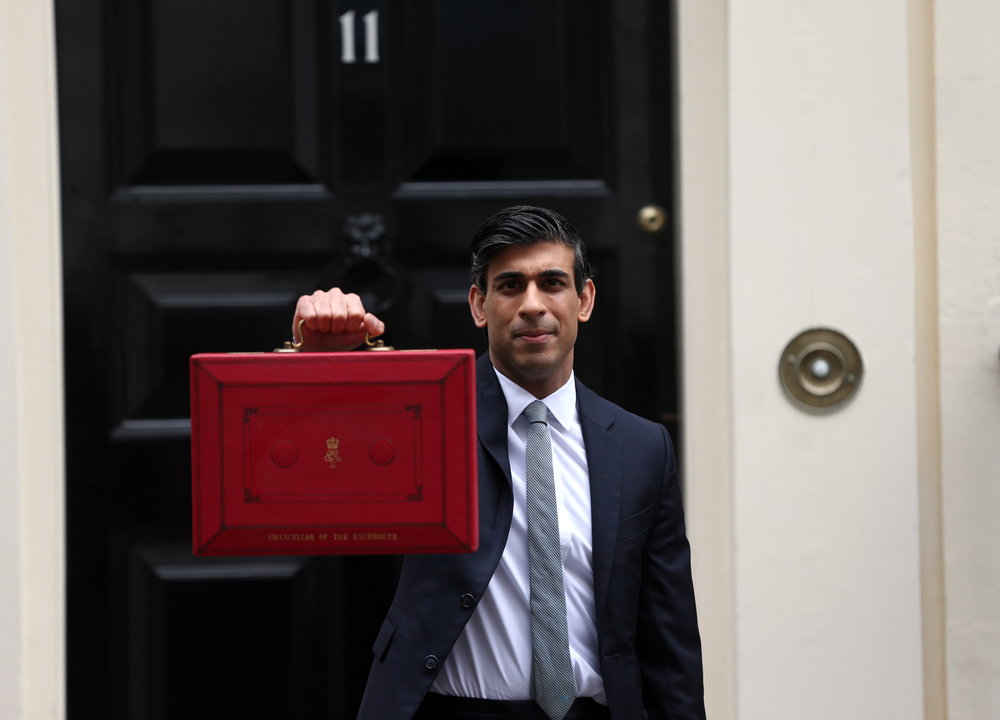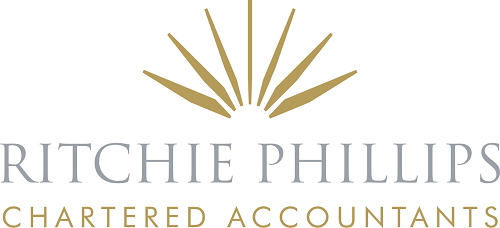In this post about the impact of the recent Budget on private clients, we take a look at Capital Gains Tax (CGT) and Inheritance Tax (IHT) with a quick reminder of the main provisions.

Capital Gains Tax (CGT)
There were no significant changes to the regime for CGT in the 2022 Budget. The importance however of understanding the tax allowances and rates for CGT is to take advantage of:
- the short term opportunity of using your annual exemption and any gain taxed at the lower rate (if part of your basic rate band is unused) which are both available annually on a “use it or lose it” basis
- the longer term opportunity for lifetime liquidity events such as selling your business and benefiting from the lower rate of CGT of 10%.
CGT rates
The CGT rate remains at 10%, to the extent that any income tax basic rate band is available, and 20% thereafter. Higher rates of 18% and 28% apply for certain gains; mainly chargeable gains on residential properties with the exception of any element that qualifies for Private Residence Relief.
There are two specific types of disposal which potentially qualify for a 10% rate up to a lifetime limit for each individual:
- Business Asset Disposal Relief (BADR) (formerly known as Entrepreneurs’ Relief). This is targeted at directors and employees of companies who own at least 5% of the ordinary share capital in the company, provided other minimum criteria are also met, and the owners of unincorporated businesses
- Investors’ Relief. The main beneficiaries of this relief are external investors in unquoted trading companies who have newly-subscribed shares.
The lifetime limit for BADR was reduced from £10 million to £1 million for BADR qualifying disposals made on or after 11 March 2020. Investors’ Relief continues to have a lifetime limit of £10 million.
CGT annual exemption
The CGT annual exemption is £12,300 for 2022/23 and will remain frozen until April 2026.
CGT reporting
New reporting and payment on account obligations for chargeable gains on residential property were introduced in April 2020. From 27 October 2021 the deadline to report and pay CGT after selling UK residential property was increased from 30 days after the completion date to 60 days.

Inheritance Tax (IHT)
There were no significant changes to the regime for IHT in the 2022 Budget. The importance however of understanding the tax allowances and reliefs for IHT is to take advantage of:
- the short term opportunity of using your annual allowances (available on a “use it or lose it” basis) to make modest gifts
- the lifetime opportunity of making significant gifts and surviving seven years for the Potentially Exempt Transfers to fall out of your estate for IHT purposes
- the longer term opportunity of leaving legacies in your Will to utilise reliefs such as Business Property Relief or Agricultural Relief so that no IHT is payable on parts of your estate.
IHT nil rate band
The nil rate band has remained at £325,000 since April 2009 and is set to remain frozen at this amount until April 2026.
IHT residence nil rate band
The residence nil rate band (RNRB) was introduced in 2017, meaning that the family home can be passed more easily to direct descendants on death.
The rate of the RNRB is £175,000 for 2022/23 and will be frozen at this level until 5 April 2026.
There are a number of conditions that must be met in order to obtain the RNRB.
For many married couples and registered civil partnerships the relief which is available following the second death can effectively be doubled as each individual has a main nil rate band and a residence nil rate band which passes on the death of the surviving spouse.
A taper reduces the amount of the RNRB by £1 for every £2 that the “net” value of the estate of the deceased is more than £2 million. Net value is after deducting permitted liabilities but before exemptions and reliefs. This taper will also be maintained at the current level.

Charitable giving
A reduced rate of IHT applies where broadly 10% or more of a deceased’s net estate (after deducting IHT exemptions, reliefs and the nil rate band) is left to charity. In those cases, the 40% rate will be reduced to 36%.
You should contact us before taking any action as a result of the contents of this summary.
